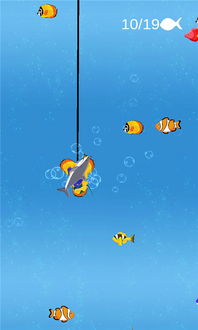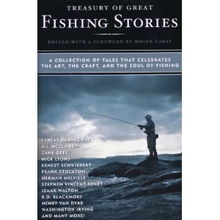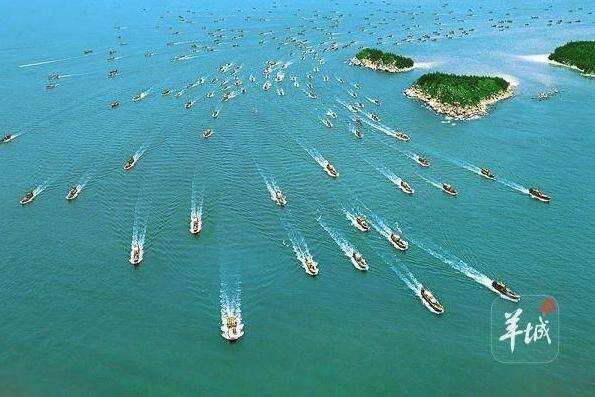Content:
Introduction: Yellow eels, or "huang shan" in Chinese, are a popular catch among anglers for their delicious taste and sporting challenge. Fishing for yellow eels in ponds requires a combination of patience, skill, and knowledge of the species' habits. In this article, we will delve into the art of catching yellow eels in ponds, providing you with essential techniques and tips to enhance your fishing experience.
Understanding Yellow Eels in Ponds: Yellow eels are bottom-dwelling fish that thrive in ponds and slow-moving water bodies. They are known for their elusive nature and can be quite challenging to catch. To increase your chances of success, it's crucial to understand their behavior and habitat preferences.
1 Habitat: Yellow eels prefer shallow waters with a lot of vegetation, such as reeds, water lilies, and submerged plants. These areas provide them with cover and a rich food source. When fishing in ponds, focus on these areas as they are likely to be inhabited by yellow eels.
2 Feeding Habits: Yellow eels are nocturnal feeders and primarily consume small invertebrates like worms, insects, and crustaceans. They are attracted to the movement and vibrations in the water, making them susceptible to artificial lures and baits.
Equipment and Bait: The right equipment and bait can significantly increase your chances of catching yellow eels. Here's what you'll need:
1 Rod and Reel: A medium-heavy spinning rod with a smooth drag system is ideal for yellow eel fishing. The reel should have a good line capacity to handle the strong pulls and sudden movements of the eels.
2 Line: Use a monofilament line with a breaking strength of 10-15 pounds. This will provide enough strength to handle the eels' powerful struggles without snapping.
3 Lures and Baits: Artificial lures like yellow eel-shaped jigs, rubber worms, and spinnerbaits are effective for attracting yellow eels. Live bait, such as earthworms, leeches, or small fish, can also be used. The choice of bait will depend on your local availability and the preferences of the eels in your pond.

Techniques for Catching Yellow Eels:
1 Cast and Retrieve: Start by casting your lure or bait into the pond, focusing on areas with dense vegetation. Allow the lure to sink to the bottom and then begin a slow retrieve, mimicking the natural movement of prey. Vary the speed and rhythm of your retrieve to entice the eels.
2 Bottom Bouncing: Another effective technique is bottom bouncing. Attach a sinker to your line and let it sink to the bottom. Drag your lure or bait along the bottom, mimicking the movement of prey. This technique is particularly effective in areas with a lot of vegetation.
3 Stalking: Yellow eels are known for their elusive nature. When you spot an eel, be patient and observe its movements. Wait for the eel to become less cautious before attempting to cast or retrieve your lure.
4 Timing: Fishing for yellow eels is best done during twilight hours or at night when they are most active. However, catching them during the day is also possible, especially in sunny weather or during overcast conditions.
Setting the Hook and Playing the Fish: When a yellow eel strikes, set the hook quickly but gently. These fish can be quite strong, so be prepared for a fight. Once the eel is on the hook, play it carefully and avoid giving it a chance to swim off. Use a net to help land the fish, as yellow eels can be slippery and difficult to grip.
Conservation and Ethical Practices: When fishing for yellow eels, it's essential to practice conservation and ethical fishing methods. Follow local regulations regarding bag limits and size limits to ensure the sustainability of the species.
Conclusion: Catching yellow eels in ponds can be a rewarding and exciting fishing experience. By understanding the habits of these elusive fish, using the right equipment and techniques, and practicing conservation, you can increase your chances of success. Remember to enjoy the process and appreciate the beauty of nature as you master the art of yellow eel fishing.












